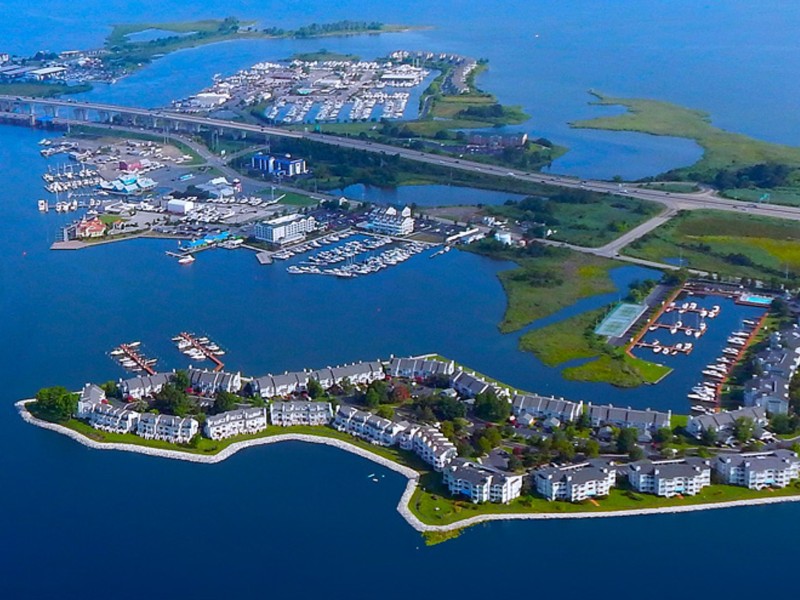As America confronts the vast challenges and economic fallout of the COVID-19 pandemic, continued implementation of smart growth policy at all levels of government must remain a priority.
Unfortunately, the pandemic has put smart growth on the defensive – at a moment when we desperately need better planning and smarter growth.
Cynical voices have used this tragedy to suggest that sprawl and unsustainable growth patterns have helped slow the virus in some regions of the country – a theory which overlooks the long-term, well documented negative health impacts of sprawl on mind, body, and soul. The theory also conveniently fails to note the spread of the virus in rural areas; no community is immune, and more sprawl is not the cure.
Putting aside the considerable arguments over health for a moment, smarter growth will be critical as state and local governments face down perilous budget gaps. Moving forward, we simply cannot afford to continue the same unsustainable approach to growth.

Sprawl into Kent Narrows, MD.
Study after study has shown that sprawling green-field development is ruinous to government budgets. A detailed study conducted by Smart Growth America found that compact, smarter growth saved 38 percent on upfront infrastructure costs – and saved nearly 10 percent of the ongoing costs of municipal services after construction. Meanwhile, the same study found that compact development also yielded nearly 10x more tax revenue than the sprawling type.
In Maryland, where the revenues for the state’s current fiscal year could be down as much as $2.5 billion, subsidizing sprawl isn’t just a bad policy proposal – it’s not financially possible any longer. The story is the same at the local level, where the cost of sprawl multiplies at an astronomical rate.
What then must be our priorities – and what tough decisions must we make?
Firstly – the massive road-building projects proposed in Maryland, like other ambitious spending plans, must be shelved and reconsidered. From an unnecessary multi-billion dollar third Bay Bridge to the dizzying maze of additional lanes on the state’s highways, we need to take care of what we have and find ways to move motorists off the road.
A silver lining to this current massive work-from-home experiment is the realization that we could reduce traffic, emissions, and sprawl by incentivizing and embracing more remote work. Certainly not every job can be done remotely – as we are all painfully now aware – but for those that can, even a 10 percent increase in remote working could make an impact far greater than another lane on I-270 (which, of course, is only likely to induce further demand).
At the local level, the best course of action is not to continue to make bad decisions. It sounds simple, but with several large counties in the process of revamping comprehensive plans, the economic pain of this pandemic should suffice as reason for all local elected officials to push for the best smart growth plans they can get.
Now is not the time to stay the course or continue with business as usual. In addition to considerable pain and challenges, crises also present opportunities for reflection and growth – and supporters of smart growth must demand a change from their elected officials at a time when local budgets cannot sustain more of the same.

Farmer and team near Frederick, Maryland, 1940. Photo from the Library of Congress.
For those who still dismiss the direct costs of sprawl, this crisis has also opened many eyes to the unsustainable nature of the current food supply chain. Here again, smart growth can help by reducing the stress placed on agricultural lands and in turn making farming a continued land-use priority. Today, if Maryland shut its borders entirely, it could not feed its population. Six months ago, that statistic was not likely to strike fear in the hearts of most Marylanders; today, it is far more alarming. While smart growth cannot solve this problem alone, it can set the table for a more sustainable agricultural ecosystem by saving land for it to flourish.
To put a twist on the familiar phrase, no farmland, no food.
Planning for a smarter future isn’t something to embrace only when times are good; rather, it’s what we need now, when times are toughest.
JOIN SMART GROWTH MARYLAND TODAY
Smart Growth Maryland is a major program of Preservation Maryland.

